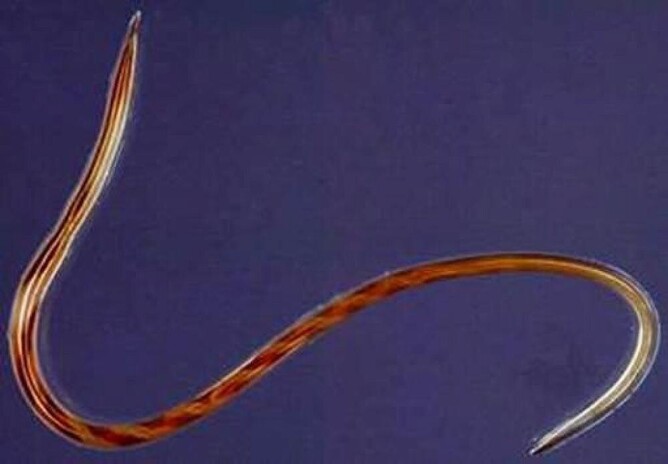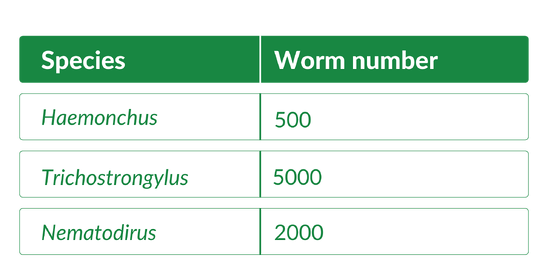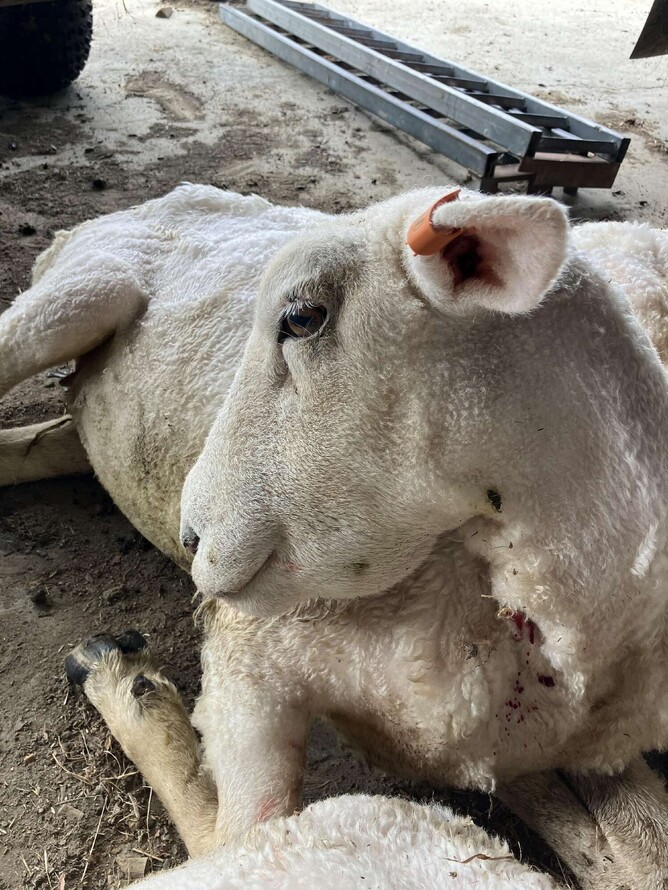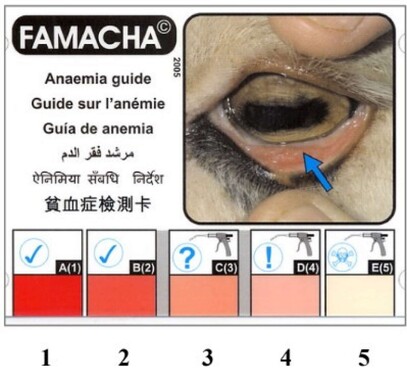Highly pathogenic worm species discovered in ewe flock this autumn
Haemonchus contortus, also known as Barber’s Pole worm, has been found in sheep in Southland this autumn.
Previously, it was believed that the region was Haemonchus-free, until I headed out to visit a group of sick mixed age ewes back in March.
Why are we so worried about Haemonchus?
Having trained as a vet in Scotland, I have seen just how detrimental Haemonchus can be to sheep flocks, causing concerning production losses alongside high mortality rates. It is one of the most pathogenic nematodes (roundworms) affecting small ruminants.
Figure 1, below, compares the worm burdens required to cause clinical disease in common worm species found to affect sheep in New Zealand.
Females can produce over 10,000 eggs a day. The adult worms live in the abomasum and suck the blood of the animal resulting in anaemia and submandibular oedema, also known as bottle jaw. It also doesn’t always cause scouring.
Resistance to benzimidazoles, which are used to treat nematode infections, has been found in New Zealand flocks, so it is important we understand how to best control these worm populations by effectively utilising drenches and applying responsible grazing practices.
Southand case
A group of thin mixed age ewes had been identified and drafted out after shearing. The farmer quickly noticed some early concerning signs, so I was called out to try and get to the bottom of why these ewes hadn’t been doing so well.
They’d been on good quality pasture over the summer so we were quite rightly concerned as to why they hadn’t come out the other side looking healthier. This farm had good drenching plans for lambs and had managed to avoid drenching adult stock in recent years.
On clinical examination, the ewes were very lethargic, with poor body condition, bottle jaw (as shown in Figure 2) and pale mucous membranes suggesting anaemia.
We decided to take blood samples from the worst six to rule out Johne’s, a chronic wasting disease, confirm anaemia and to look at trace element levels too.
Ten faecal samples were also collected from the wider thin group to assess worm burdens using our new in–house Parasight faecal egg counting machine.
The Parasight machine gave us the likely answer within half an hour, recording a worm burden of over 4,000 eggs per gram. To put this into perspective, we consider a high burden to be over 500 eggs per gram.
At this point, we had our suspicions this could be Haemonchus, with the classic clinical signs and high worm burdens, so the samples were sent off for larval culture to confirm the worm species causing the problem.
The larvae are incubated for a week before individual species are identified. This confirmed that 77% of worms present were Haemonchus.
The blood samples ruled out Johne’s, but confirmed very low selenium levels. Low selenium levels and high worm burdens often go hand in hand, so it’s worth doing regular trace element checks to see your flock’s status. Talk to your KeyVet to discuss the best time to test your flock.
A full drenching, trace element supplementation and pasture control plan was implemented to control worm burdens in future.
Prevention
Faecal Egg Counting and larval culture
In order to protect our drenches from anthelmintic resistance, it is important to integrate faecal egg counting into your annual drench plan. This enables selective drenching based on worm burdens.
As discussed, Haemonchus causes clinical disease at lower worm burdens than other species affecting sheep. Therefore, if a moderate worm burden is associated with anaemia and bottle jaw, then drenching should be recommended.
For more information on incorporating faecal egg counting into your drench plan, talk to your KeyVet.
FAMACHA scoring
The FAMACHA scoring system was designed to help farmers diagnose a Haemonchus burden and make informed decisions about timing of drenching.
It involves grading the eye mucous membrane colour from 1 to 5 based on a scale of worsening degrees of anaemia, 1 being no anaemia and 5 being severe anaemia.
Animals can be selected for treatment using this scale. It should be carried out alongside a routine faecal egg counting plan. Talk to your KeyVet for guidance on FAMACHA scoring.
Sustainable pasture management
See this article from the last edition of Field Notes for helpful tips on how to manage larval challenge.




